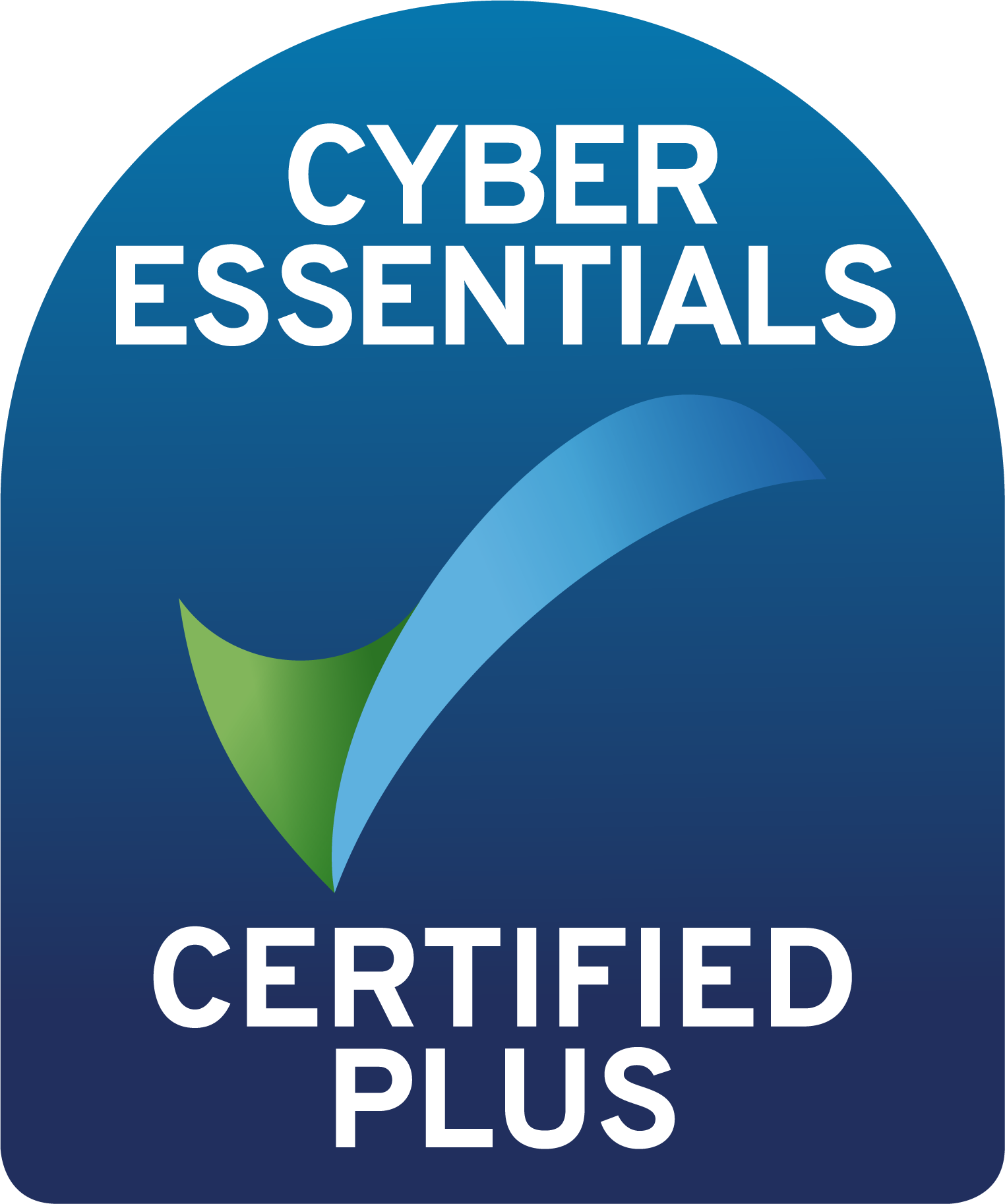What exactly is Off the Job Training?
Posted on 4th August 2023 at 15:12
All learners on an apprenticeship are entitled to time for off the job training, to support their qualification. This is an area that can cause real confusion for employers and learners. What does Off the job training even mean? How will we fit this in around the demands of the role?
Let’s try to explain how it works.

What is Off the Job training (OTJT)?
DfE funding rules state that “Off-the-job training is training received by the apprentice, during the apprentice’s paid hours, for the purpose of achieving their apprenticeship. It is not training delivered for the sole purpose of enabling the apprentice to perform the work for which they have been employed.”
Off the job training is a statutory requirement for all apprenticeships. Those on an apprenticeship must receive a minimum of 6 hours per week on average to undertake training and learning.
As part of our on-boarding process, all learners will take part in a 3-way Training Needs Assessment (TNA) and Training Agreement meeting with their trainer and line manager to discuss their initial assessment outcomes and Standard requirements to plan the programme accordingly.
Training should:
Be new learning relevant to your learner's apprenticeship standard
Be reflective and meaningful to the learner’s job role and personal development
Focus on developing new knowledge, skills and behaviours that will contribute to the achievement of an apprenticeship
Take place during normal working hours
Barriers we need to overcome:
It’s extra work
We don’t know what it is
We don’t have time to or know how to log it
The apprentices know what they are doing!
Apprentices cannot progress to their EPA unless we have a full log of their hours, which is on average 6 hours per week on programme.
So, what can be included in Off the Job?
At its most simple, can you answer YES to two questions?
Is it new learning?
Is it related to the apprenticeship standard?
If so, it is Off the job training. Does it need to be at a college or away from the workplace? No.
Examples include:
Teaching and learning (all face to face or line session with the trainer that are delivered during working hours),
role playing / simulation exercise,
online learning (this includes specialist training or CPD activity relevant to qualification and role),
practical training,
job shadowing (spending time with an experienced member of staff learning through observation),
mentoring,
learning support,
time spent researching and completing any work set by the trainer.
What’s not included?
Progress reviews or on-programme assessments needed for an apprenticeship
Training which takes place outside of the apprentice’s paid working hours
English and Maths (up to Level 2) which is funded separately
Learning outside of the apprenticeship start and end dates
How should off-the-job training be planned and delivered?
The employee, employer and training provider work in collaboration by assessing prior and potential learning and your business objectives / job role to achieve a meaningful training plan prior to starting.
How we use Training Needs Assessment to support OTJ
The areas identified as needing most additional learning will allow the employer and training provider to plan meaningful off the job training and an appropriate training plan. This personal development plan will identify areas to focus learning hours and help to plan resourcing for the business. For example, if a learner has highlighted they would like to work on their presentation skills, the manager can then work collaboratively to support presentation preparation and give the opportunity to deliver the next one needed.
We also discuss with the line manager what’s coming up, what are good times of year, particular areas where exposure to more difficult areas can be provided, networking and shadowing opportunities and in-house training. If learners are aware of their gaps, they will find it a lot easier to reflect and log. The target hours are calculated by Fareport using the learner’s working hours, holiday allocation and length of time on programme.
Recording off-the-job learning
Recording off-the-job training is as important as completing it. It also helps ensure the training is relevant to the apprenticeship programme. Fareport use OneFile, which is an online portfolio system, to record the hours. This is assessed as part of the apprenticeship standard.
You will be advised of the hours required at the start of the programme. Employers can have access to OneFile too.
Advice for your learners
You’re learning more than you think! It’s all about your awareness of your learning and how ‘conscious’ you are of it. Take a look at the last week and note down all of the times you had to ask someone for advice or do some research before you could complete your tasks.
To demonstrate how off the job has been met, it is important that you complete reflections in your journal and add the total number of hours spent on this.
Reflections need to include what took place, what you have learnt from the task, how you reflect this within your practice and what impact they had on your practice.
You may also be interested in:
Contact us to find out more about the benefits of apprenticeships or read what our employers have to say.
Share this post:









